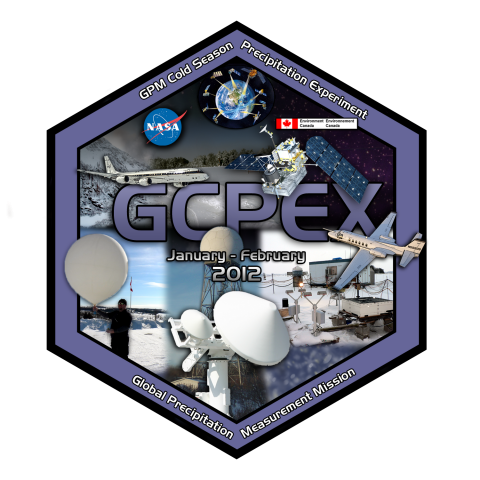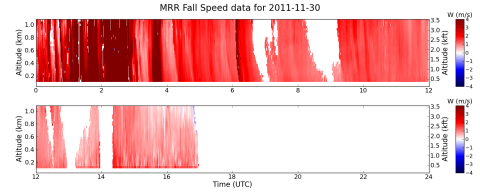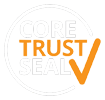
Dr. Sara Graves, Sandra Harper and Manil Maskey represented GHRC at the Northern Gulf Coastal Hazards Collaboratory meeting in Mobile, AL, June 12-14. The NG-CHC - a collaborative environment for the coastal hazards research community in Louisiana, Mississippi, and Alabama - has been developed to advance the science and engineering of coastal hazards across the region, including engineering design, coastal system response, and risk management of coastal hazards. Two graduate student researchers with the University of Alabama in Huntsville’s Information Technology & Systems Center presented posters. Prabhash Jha presented Coastal Hazard Events Driven Automated Data Aggregation, Processing, and Delivery, which leverages Event Driven Data Delivery (ED3) initially prototyped at the GHRC, and Sabin Basyal presented NG-CHC Simulation Experiment Integration. GHRC is a partnership between NASA MSFC and UAH ITSC. ITSC also leads the development of the collaborative environment for NG-CHC.










